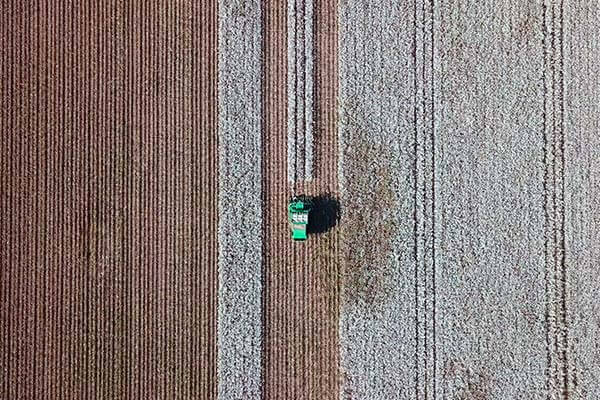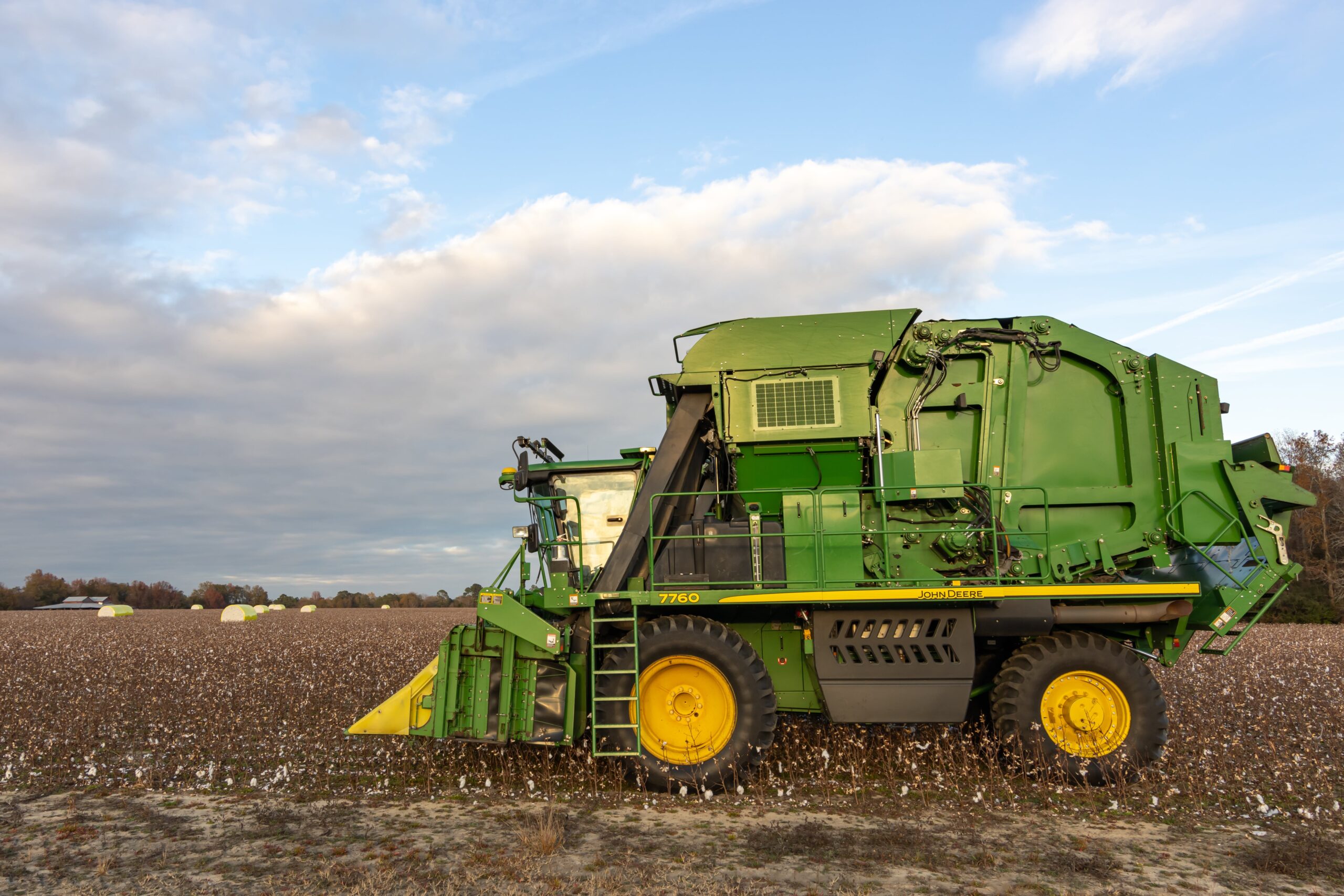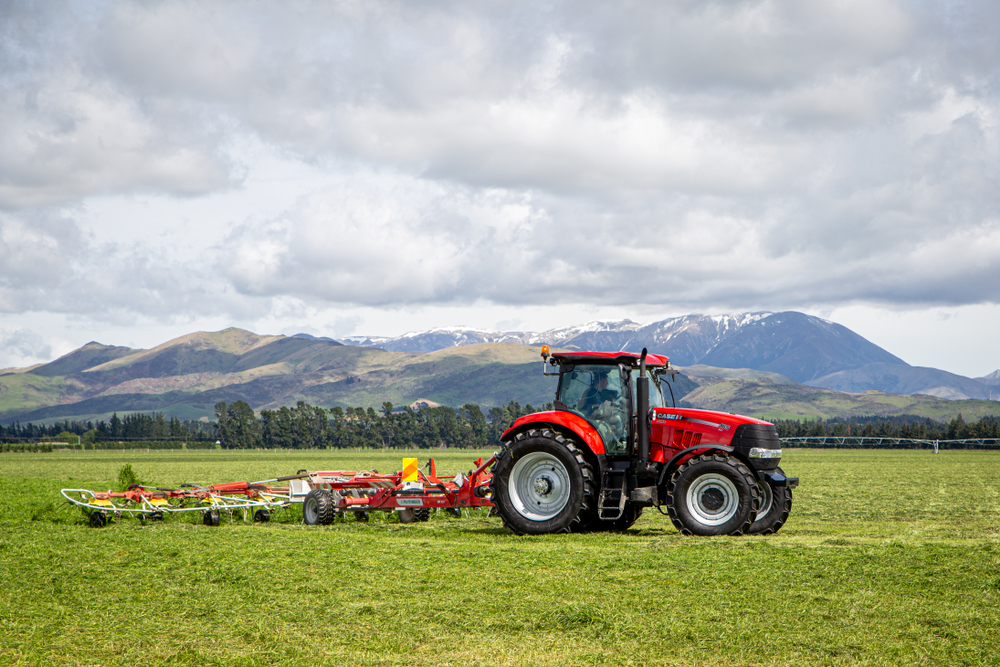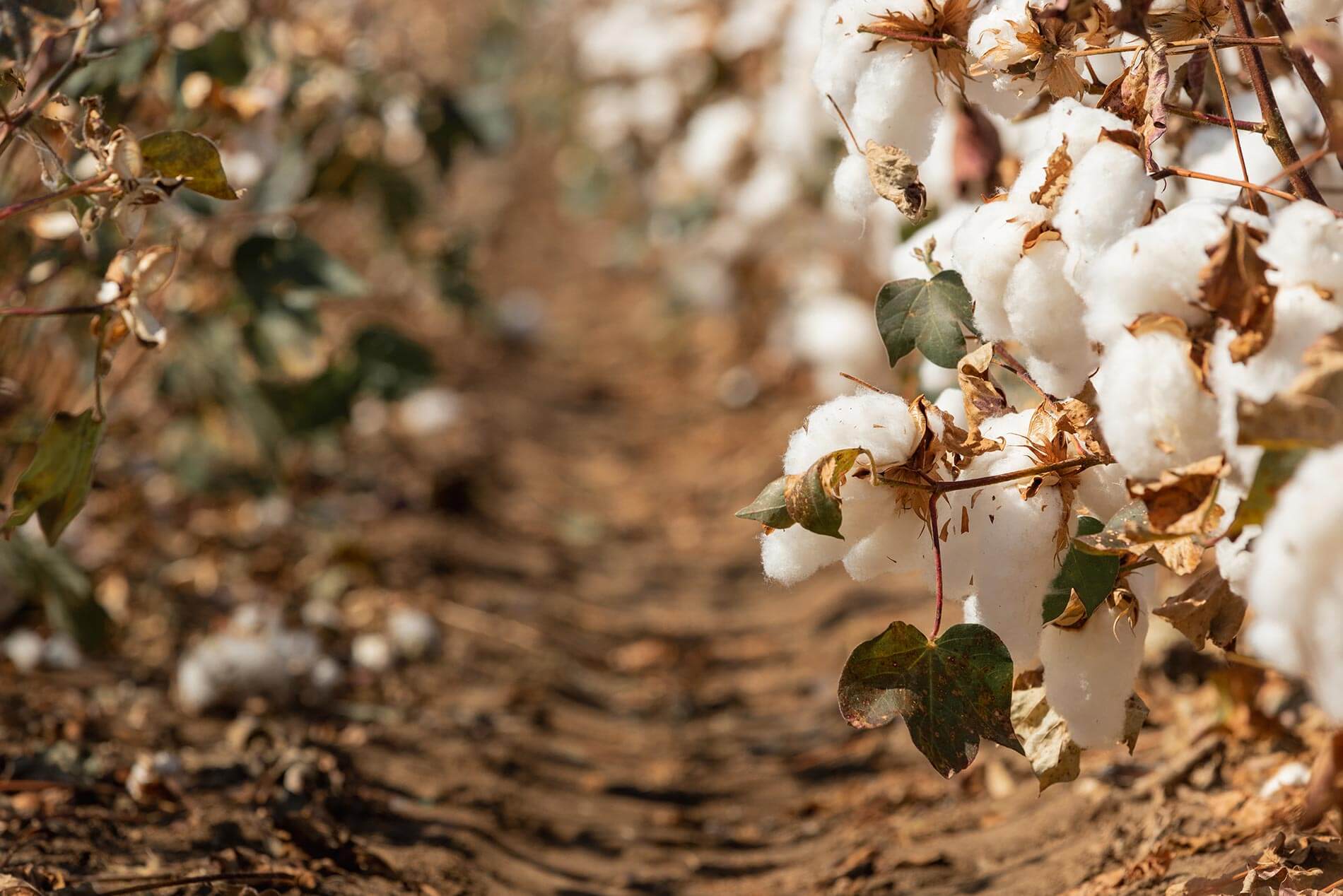In the world of agriculture, efficiency and productivity are the keys to success. One of the most revolutionary advancements in farming technology is the cotton picker machine—a powerful and intricate piece of equipment designed to harvest cotton quickly, efficiently, and with minimal labor. At Certi-Pik, USA, we specialize in manufacturing high-quality replacement parts for cotton
READ MORECotton Picker Parts
Is Cotton Still Picked by Hand? A Look at Modern Mechanization and Its Impact on Farming
Cotton has been a vital agricultural crop for centuries, playing an essential role in economies and industries worldwide. Historically, the process of picking cotton was labor-intensive and often performed by hand, but advancements in agricultural technology have dramatically transformed the industry. Today, the question arises: is cotton still picked by hand? The answer largely depends
READ MOREDIY Repairs: Fixing Common Problems in Cotton Harvesters
Cotton harvesters are highly specialized machines designed to efficiently collect cotton lint and seeds from plants. Like any complex equipment, they require regular maintenance and repair to ensure smooth operation, especially during peak harvesting seasons. Understanding the Anatomy of a Cotton Harvester Before diving into common issues and solutions, it’s essential to understand the primary
READ MOREEssential Parts of a Cotton Harvester: A Detailed Guide
Cotton harvesting is an integral step in the cotton production process, and modern cotton harvesters have revolutionized the industry. These machines are complex, with many essential parts working in harmony to efficiently pick, clean, and store cotton. For any farmer or operator looking to maintain peak performance and longevity of their cotton harvester, understanding the
READ MORETop 5 Commonly Replaced Cotton Harvester Parts
Cotton harvesting is a complex process involving a variety of specialized equipment. A cotton harvester is a crucial machine in the agricultural sector and is built to withstand tough conditions. However, even the most robust equipment requires occasional maintenance and part replacement to ensure high performance and efficiency. Recognizing which components are prone to wear
READ MORE




